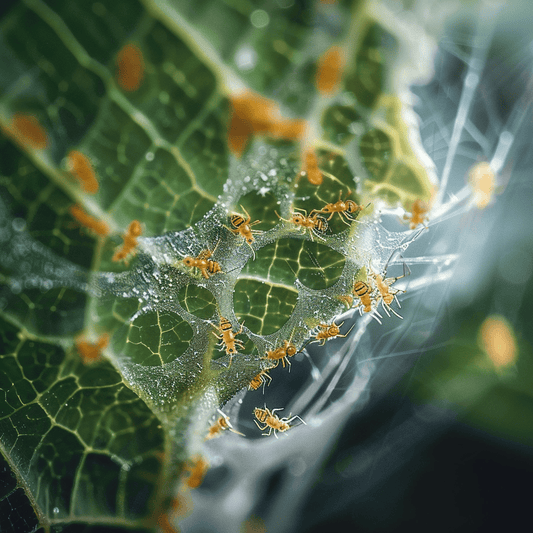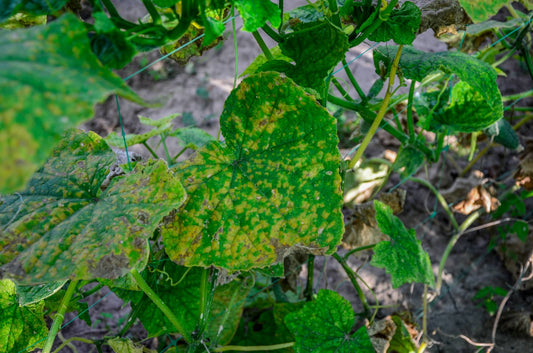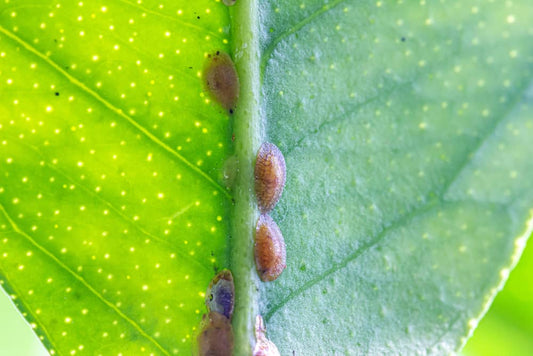Cabbage Loopers, scientifically known as Trichoplusia ni, pose a significant threat to a wide variety of crops, particularly those in the cabbage family. Their distinctive looping motion and voracious appetite for plant foliage make them a prominent pest in both traditional and hydroponic gardening systems. Effective management requires understanding their behavior and life cycle while implementing preventive measures and targeted treatments.
Recognizing Cabbage Loopers
These pests can be identified by their light green color and the white stripes along their bodies. They create irregular holes in foliage, leading to significant defoliation and possibly destroying young plants during heavy infestations.
Life Cycle and Activity
Cabbage loopers produce several generations every year, laying eggs on the undersides of leaves. These eggs hatch into caterpillars that eat the plants before pupating and emerging as moths. They thrive in the warmer months but can also be found year-round in controlled hydroponic environments.
Prevention and Attraction Conditions
Preventive measures include regular monitoring of eggs and larvae, maintaining clean growing environments, and utilizing physical barriers. Overcrowded plants and excessive nitrogen fertilization can draw in these pests by creating optimal conditions for feeding and breeding.
Treatment Strategies
Effective treatments involve manually removing caterpillars, using biological insecticides like Bacillus thuringiensis (Bt), and introducing natural predators. Additionally, home remedies offer natural and effective solutions for managing infestations.
Home Remedies for Cabbage Loopers
1. Garlic Spray
- Ingredients: Garlic cloves, water, and liquid soap.
- Instructions: Blend garlic with water, allow it to steep, strain the mixture, add soap, and apply it to the plants. Garlic serves as a natural deterrent, repelling cabbage loopers and other pests.
2. Soap and Water Spray
- Ingredients: Mild liquid soap and water.
-
Instructions: Combine soap and water, then spray the mixture on the affected plants. The soap solution disrupts the outer membranes of the insects, resulting in dehydration and death.
Monitoring and Maintenance
Regularly inspecting plants for signs of cabbage loopers, maintaining plant health, implementing crop rotation, and diversifying plant species are crucial steps to reduce infestation risks. Combined with the targeted use of home remedies, these strategies can effectively control cabbage looper populations in hydroponic systems.
Integrated Pest Management
Combining these home remedies with an integrated pest management strategy ensures the health and productivity of hydroponic gardens. Monitoring, physical barriers, and natural deterrents, along with biological or chemical controls when necessary, offer a comprehensive approach to managing cabbage loopers.




